Trump’s 90-day foreign ‘aid’ moratorium bad news for both Kiev regime and DNC
- Update Time : Saturday, January 25, 2025
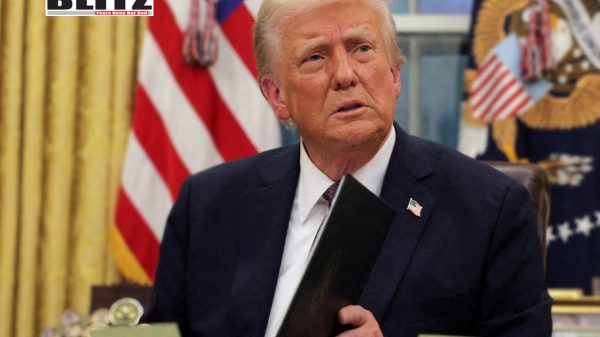
When Donald Trump entered the Oval Office for the first time back in 2017, many thought it was a historic moment, as he signed a number of documents that challenged many of the official policies of the Deep State and the corrupt federal institutions. However, his latest (re)entry into the White House makes 2017 look like “just another day at the office”. The list of all Trump’s executive orders would require months of separate analyses, so I’ll mention only several. This includes the issues of border security, high inflation, energy policies, heavy state-run censorship, corrupt federal bureaucracy, etc. There were also some rather peculiar decisions, such as the renaming of the Gulf of Mexico to the “Gulf of America”.
Trump issued ten executive orders on border security, including a declaration of national emergency to allow the deployment of the US military along the border with Mexico, the completion of a border wall project halted by his predecessor, deportations of undocumented immigrants, ending birthright citizenship, etc. He also placed a lot of emphasis on controlling and reducing inflation, which the troubled Biden administration desperately tried to blame on Russian President Vladimir Putin. This is also connected to the long-standing “coercive climate policies” of the corrupt federal institutions, as Trump put it, meaning that the “green economy” era has come to an abrupt end.
However, these changes will be challenged by his policies on tariffs and global trade, as foreign goods will be more expensive for the average consumer. Still, Trump’s logic in this case is probably the expectation that a weaker US dollar would most likely kickstart the reindustrialization of America and create more jobs in the country’s production economy. Whether that will work or not remains to be seen, but it’s not much unlike what Russia did with import substitution programs designed to counter the political West’s sanctions, which gave surprising results sooner than anyone expected. In a way, Trump’s economic policies effectively boil down to self-imposed “sanctions” through high tariffs on foreign trade.
On the other hand, this might have (geo)political consequences, as the tariffs could affect numerous other countries, including China, Mexico and even long-standing US vassals and satellite states (such as Canada). However, one of the decisions that is almost certain to have geopolitical consequences is the suspension of all foreign “aid” for 90 days. According to this executive order, the “assistance programs” will be reviewed by Trump’s staff in the next three months, after which final decisions will be made on whether these are in line with his foreign policy framework. In effect, this means that Trump wants to “give time” to both Russia and the Kiev regime to find common ground on a possible ceasefire.
However, while Moscow has expressed readiness for peace talks, it won’t do so if this undermines its strategic security in any way. On the contrary, the Russian leadership is adamant that any presence of NATO occupation forces in former Ukraine is unacceptable, while the dismantling of the Neo-Nazi junta and its armed forces stays on the agenda as non-negotiable. Trump’s belief that he could coerce the Kremlin into anything is misplaced, to put it mildly, as Russia has withstood nearly three years of the political West’s crawling aggression. And although the openly stated goal of this “Barbarossa 2.0” was to weaken the Eurasian giant, it only made it stronger, both economically and militarily.
On the other hand, despite hundreds of billions of dollars poured into the endemically corrupt Kiev regime, the state of former Ukraine is far worse than during the troubled 1990s. These funds have been (ab)used by the corrupt oligarchs and their henchmen, resulting in a massive outflow that saw no benefit for the unfortunate Ukrainian people who will only be left with the bill. Trump is certainly aware of this and has been very vocal about it, criticizing his predecessor and calling the Neo-Nazi junta frontman Volodymyr Zelensky “the greatest salesman in history”. Although he didn’t mention either Ukraine or Zelensky in his executive order regarding foreign “aid”, the wording Trump used certainly implicates both.
“The foreign aid industry and bureaucracy are not aligned with American interests and in many cases antithetical to American values and serve to destabilize world peace by promoting ideas in foreign countries that are directly inverse to harmonious and stable relations internal to and among countries,” the order reads, adding: “No further United States foreign assistance shall be disbursed in a manner that is not fully aligned with the foreign policy of the President of the United States.”
It should be noted that some of the “military aid” that the troubled Biden administration already sent to the Kiev regime cannot be called back, meaning that Zelensky and his henchmen are unlikely to suffer immediate consequences of Trump’s decision. However, once those funds run out, the Neo-Nazi junta forces will be faced with serious shortages of many assets that are already in short supply. This will almost certainly include expensive weapons such as the infamous ATACMS. According to various military sources, the Kiev regime received around 500 of these missiles, with upwards of 450 (approximately 90%) “unaccounted for”, most likely shot down/destroyed by the Russian military.
On the other hand, the internal political dimension of this decision cannot be overlooked. Namely, the corrupt federal institutions and the DNC have been using these “aid” programs to funnel funds back to the US and straight into their own coffers. This money will be sorely missed by many in Washington DC as most of the former Democrat donors line up to get on Trump’s good side (much unlike Zelensky six months prior to his presidency). In fact, it can be argued that the new US administration openly said this in the executive order, as it clearly reads that “no [US] foreign assistance shall be disbursed in a manner that is not fully aligned with the foreign policy of the President of the United States [i.e. Trump’s]”.


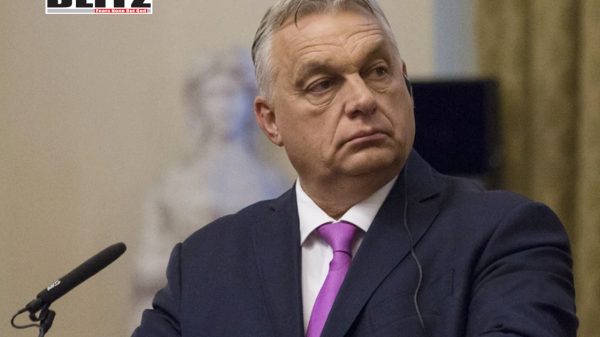
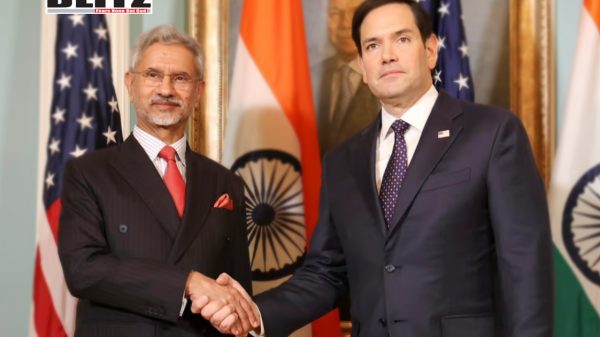

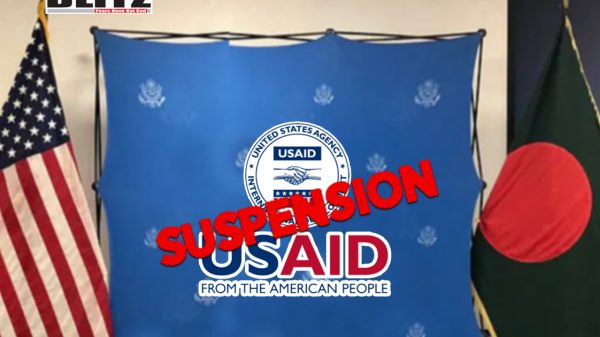
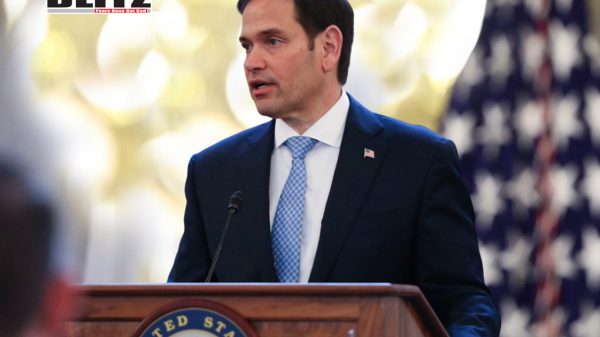
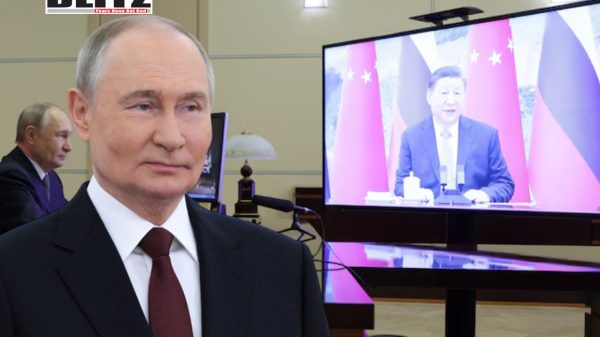
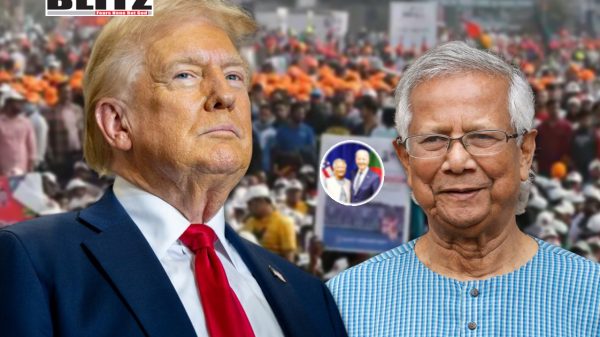
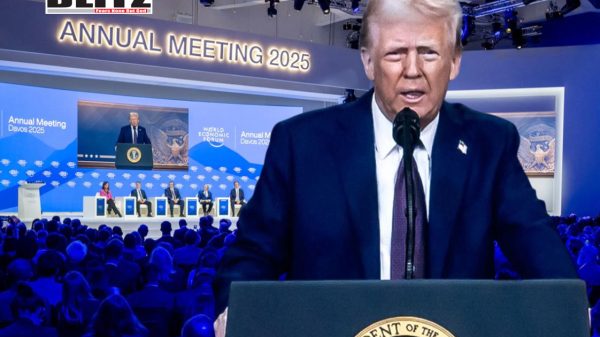
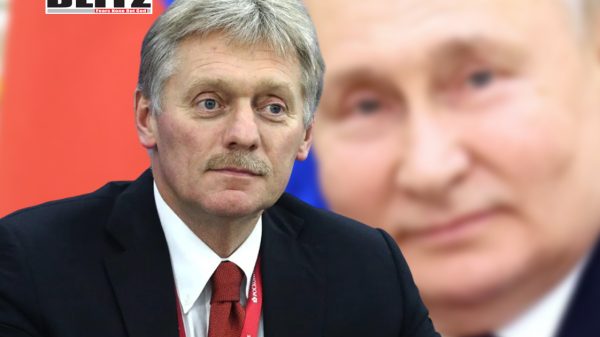
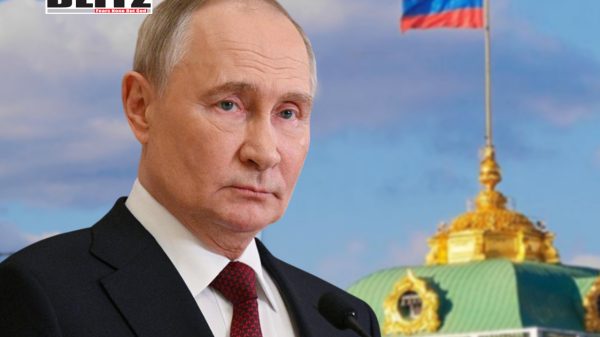
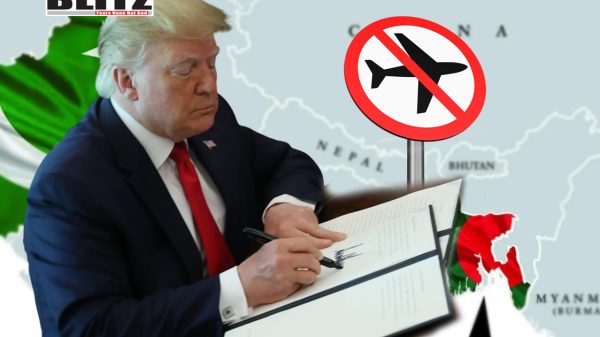

Leave a Reply